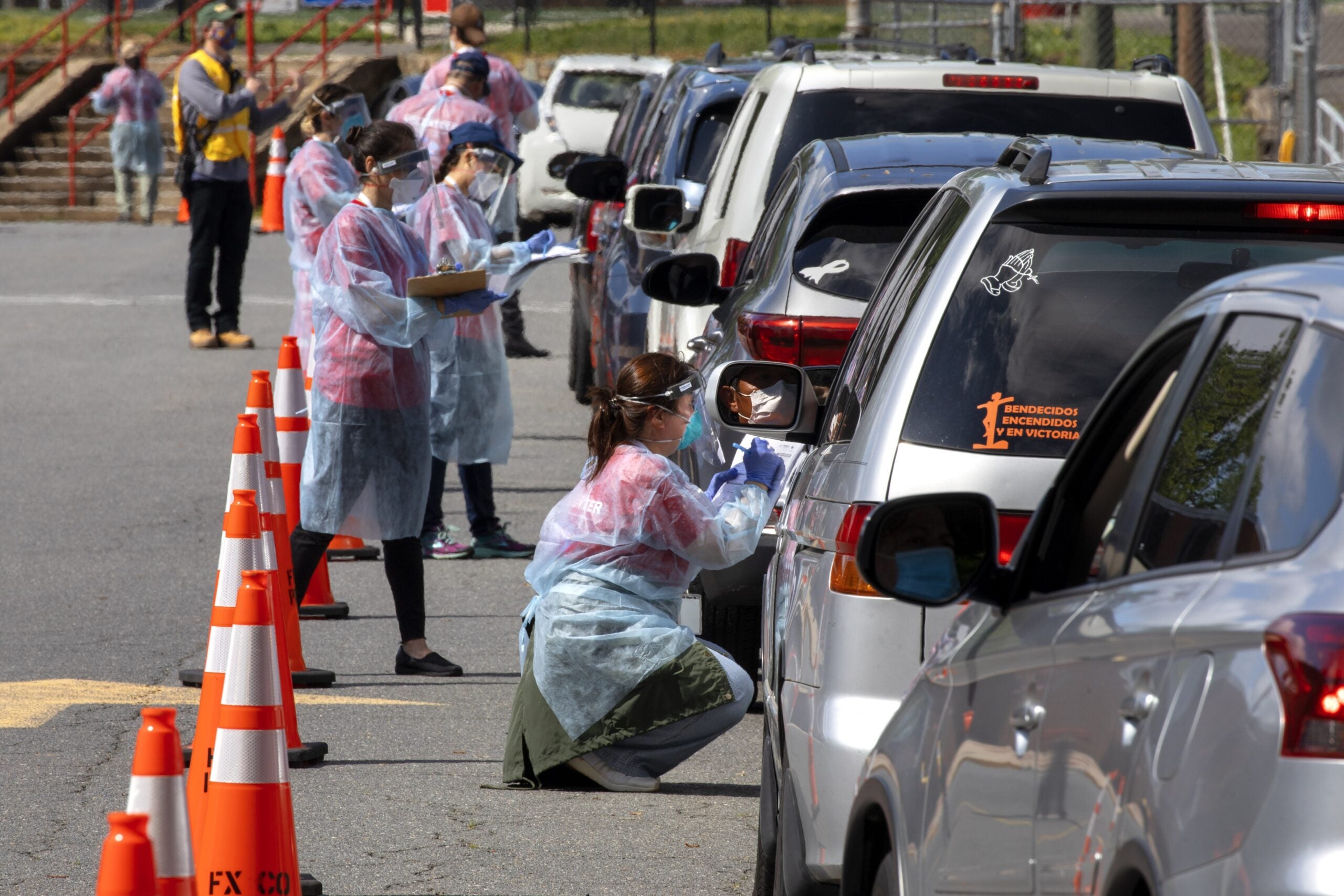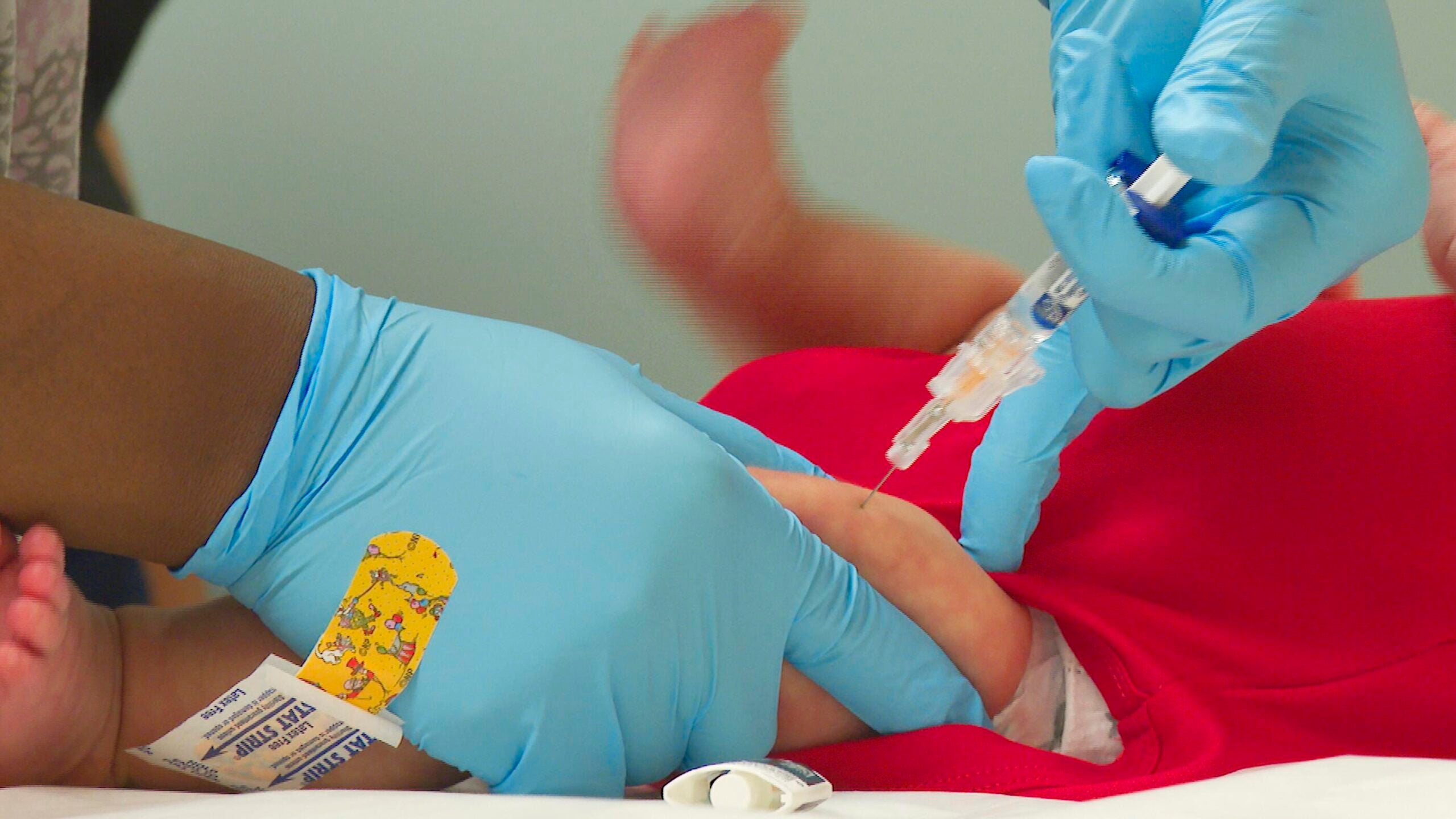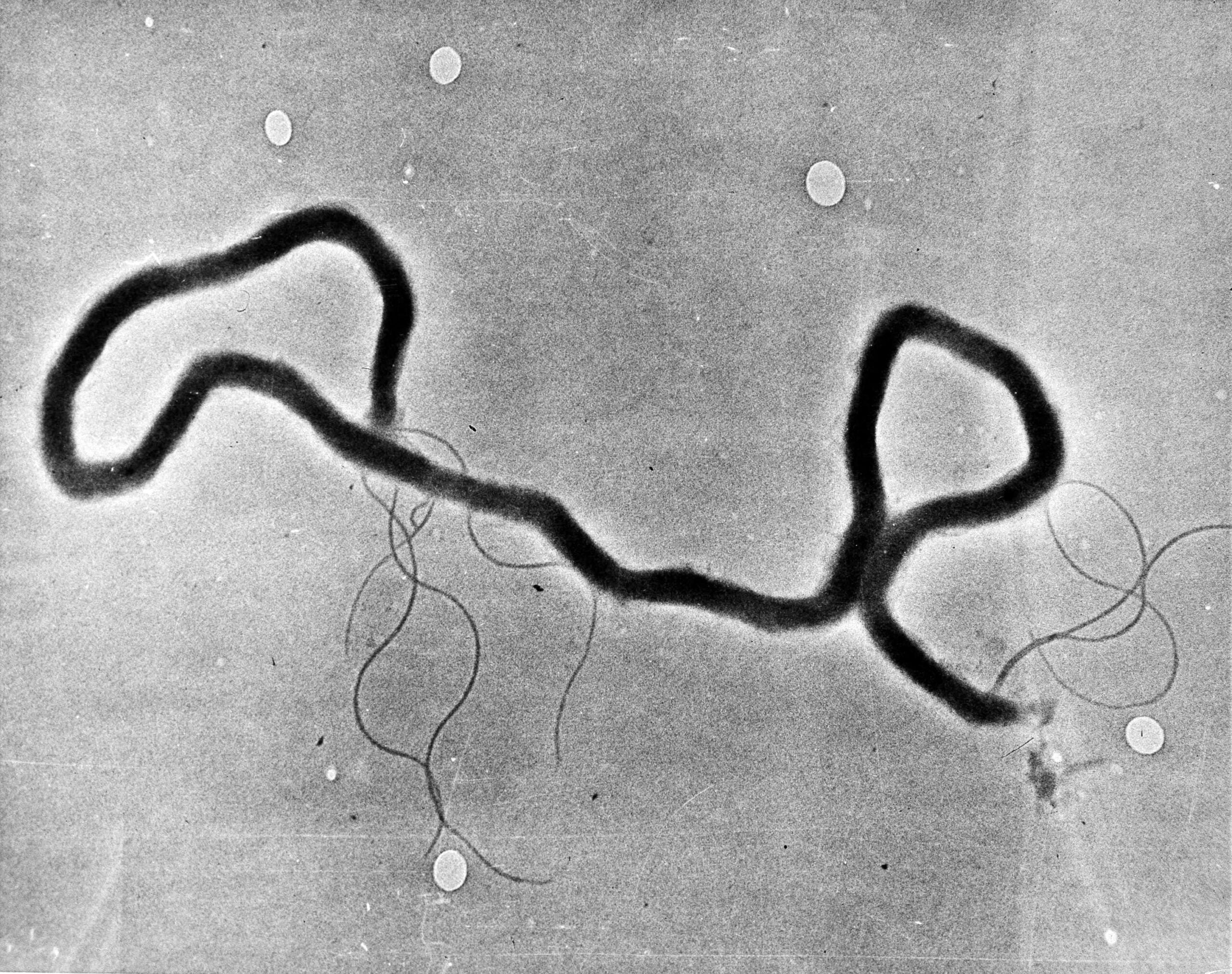The Wisconsin Department of Health Services recorded 893 new cases of COVID-19 on Sunday, and the percentage of positive tests was the highest it has been since the earliest days of the pandemic in March.
There have been 81,193 cases of the coronavirus in Wisconsin since the start of the pandemic, according to DHS. The state reported no new deaths on Sunday, leaving the total number of deaths in Wisconsin at 1,168.
The new state numbers come after Dane County reported a record-setting 147 new COVID-19 cases, shortly after University of Wisconsin-Madison students returned to campus. The previous high number of cases there in a single day was 141 on June 30.
News with a little more humanity
WPR’s “Wisconsin Today” newsletter keeps you connected to the state you love without feeling overwhelmed. No paywall. No agenda. No corporate filter.
Eau Claire County, where another state university is located, also saw its highest spike in cases on Sunday.
On Sunday, Dane County public health officials warned residents to avoid gatherings.
The rise in cases there is in part caused by increased testing among college students, said Janel Heinrich, director of Public Health Madison and Dane County, “but this isn’t a record we wanted to break, and it is important that we all take action so case counts this high don’t become a trend.”
The statewide data showed the total number of tests had declined markedly from Friday and Saturday, but the percentage of positive results — those whose results showed they were infected with COVID-19 — was 16.2 percent. The last time Wisconsin had such a high percentage of tests come back positive was on March 11, when the state was performing comparatively few tests. Since testing capability has ramped up, the state’s positivity rate has often been between 4 percent and 10 percent. Sunday’s spike brings the seven-day average positivity rate up to 10 percent.
The new data come after problems with laboratory test reporting delayed the reporting of some data, resulting in a spike of 1,498 new cases reported on Friday. According to the DHS, those glitches were resolved by Saturday, when there were 946 new cases reported.
The data are a cause for concern because the percentage of positive cases is often read by public health officials as a measure of overall testing levels. A high rate could indicate that testing in the state is limited, and skewed toward those already flagged as potentially having the virus. A lower rate could indicate testing is more widespread.
Changes in the test positivity rate can also speak to a virus’ spread, if the size and makeup of the testing pool stays consistent.
On Thursday, Wisconsin’s chief medical officer of the Bureau of Communicable Diseases, Dr. Ryan Westergaard, said on a DHS call that “it’s very safe to say that we’re not doing enough tests.”
Wisconsin’s daily testing capacity — based on the availability of test supplies and adequate staffing — has grown from 120 available lab tests in early March to 27,080 as of Sunday. The number of actual people with test results reported on Sunday was 5,509.
Overall, DHS has recorded a total of more than 1.3 million people’s test results over the course of the pandemic. Of these, 1.2 million have tested negative.
COVID-19 activity varies heavily from county to county. The latest coronavirus activity data from DHS, released once per week each Wednesday, showed that 64 counties had a “high level” of coronavirus activity. Activity level designations are based on “burden,” or the number of new cases per a county’s population over a 14-day period, as well as whether there’s an upward or downward trend in new cases.
On Sept. 2, counties with the highest case rates per capita included Juneau, Iron, Brown and Racine. The counties with the most significant upward trends included Kewaunee, Forest, Adams and Shawano.
The largest spikes in cases Friday were in Brown, Dane, Milwaukee and Outagamie counties with smaller but still significant spikes in La Crosse, Racine, Walworth, Waukesha, Washington and Winnebago counties.
There have been confirmed cases in all 72 of Wisconsin’s counties and all counties reported new cases of COVID-19 in the last two weeks.
___________________________
DHS still has a dashboard showing Wisconsin’s progress on gating criteria under the now-defunct Badger Bounce Back Plan. Those gating criteria would have been used to determine when it would be safe to begin reopening the state, prior to the state Supreme Court ruling that ended a statewide stay-at-home order. The state has never met all six of the criteria at once.
Two of the criteria are a statistically significant 14-day downward trend in COVID-like cases reported in emergency departments, and a similar downward trend for influenza-like cases in emergency departments. On Sunday, Wisconsin’s dashboard still showed a downward trajectory of COVID-like illnesses over the last two weeks, though not of influenza-like illnesses.
According to DHS, 6,070 people have been hospitalized because of the virus as of Sunday. That means at least 7 percent of people who have tested positive for the new coronavirus in the state have been hospitalized. DHS officials said they don’t know the hospitalization history of 27,549 people, or 34 percent.
Public health officials are concerned that the start of the school year, both at university campuses and K-12 schools across the state, could increase community transmission of the disease. There are other factors that could contribute as well. Wisconsin’s five Catholic diocese announced last week that they would lift the suspension of Sunday mass.
Wisconsin Public Radio, © Copyright 2026, Board of Regents of the University of Wisconsin System and Wisconsin Educational Communications Board.





